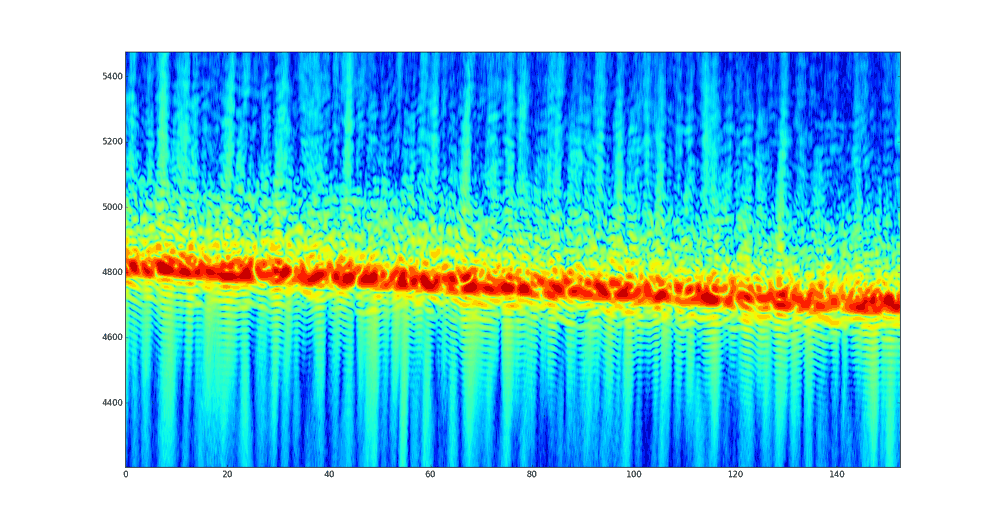Analyzing HF Over the Horizon Radar in GNU Radio
Over the Horizon radar is typically used at HF frequencies and is used to detect targets from hundreds to thousands of kilometers away from the radar station. On HF they are very common and can be easily heard as continuous or bursty buzzing sounds.
Over on his blog Daniel Estevez writes how he was inspired by Balint Seebers GRCon16 talk to perform his own investigations into HF OTH radar. Daniel first analyzed a recorded IQ signal of a presumed Russian radar in Audacity, and noticed that it consisted of 15 kHz wide pulses repeated at 50 Hz intervals. He then used GNU Radio and the Quadrature Demod block to FM demodulate the pulse and see how the frequency changes over time. From this he was able to determine the original transmitted radar pulse characteristics
Next he performs pulse compression, which is essentially a cross correlation of the received pulse and transmitted pulse which was determined from the characteristics found earlier. The signal being received at Daniels location is distorted, because it will arrive from multiple paths, since the signal will bounce of multiple layers of the ionosphere. With this pulse compression technique Daniel is able to determine the time of flight for the different multi-path components of the received pulse. By graphing all the results over time he was able to obtain this image illustrating relative propagation distance over time.
Check out Daniels post for the full details and his code.
